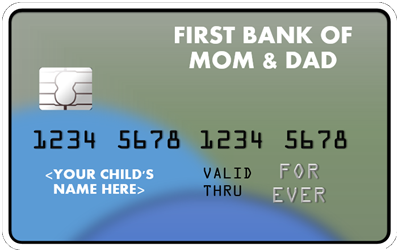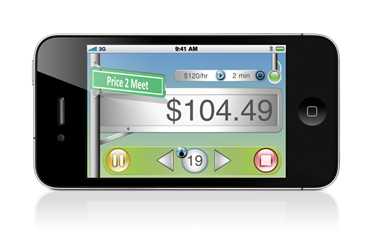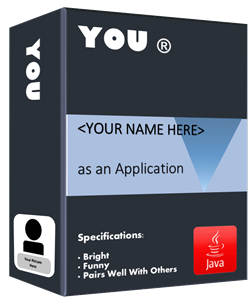Home Credit
It’s been a long time since I carried cash. And more importantly, regretted that decision. Recently, with iPay introduction, perhaps even carrying a piece of plastic in one’s pocket will go the way of the Dodo. What hasn’t kept up with the times, at least to my knowledge, is the allowance economy between parents and …



